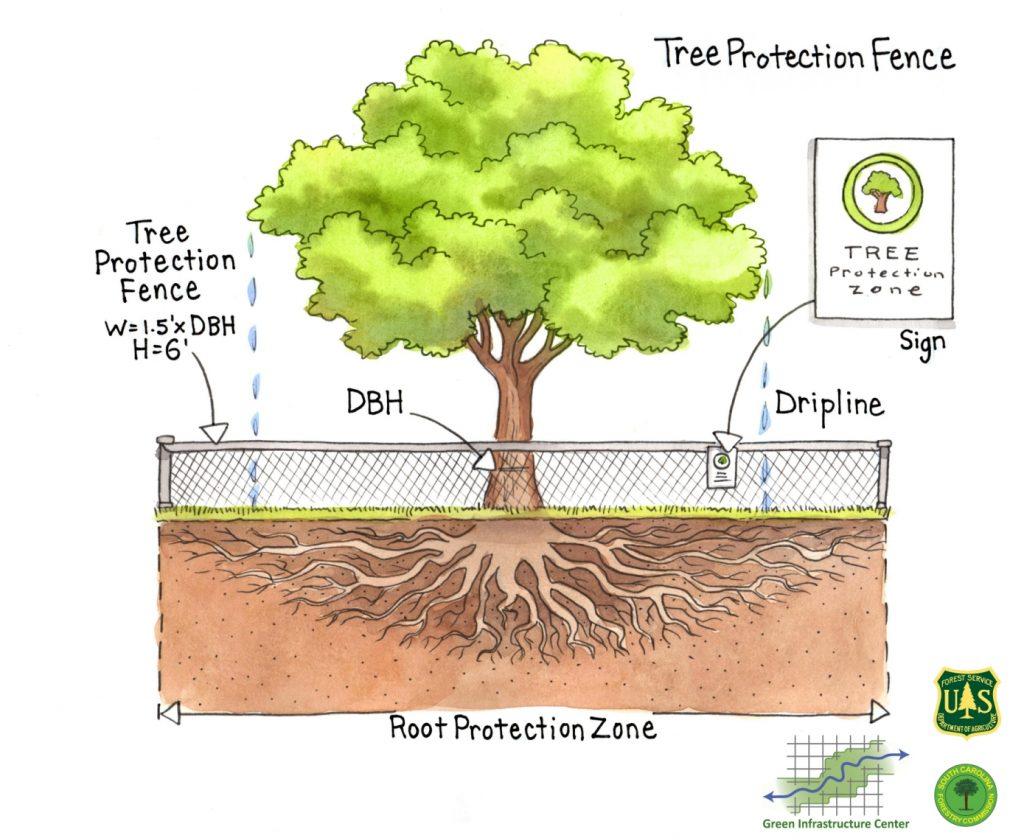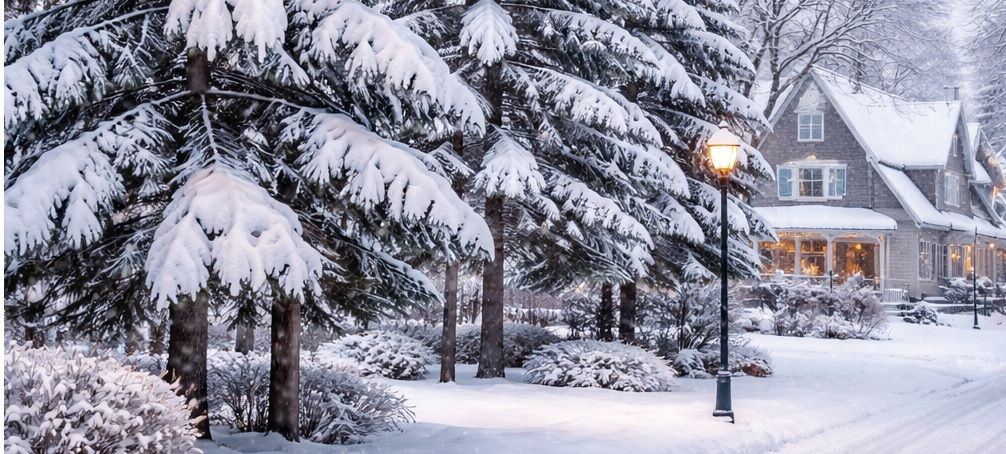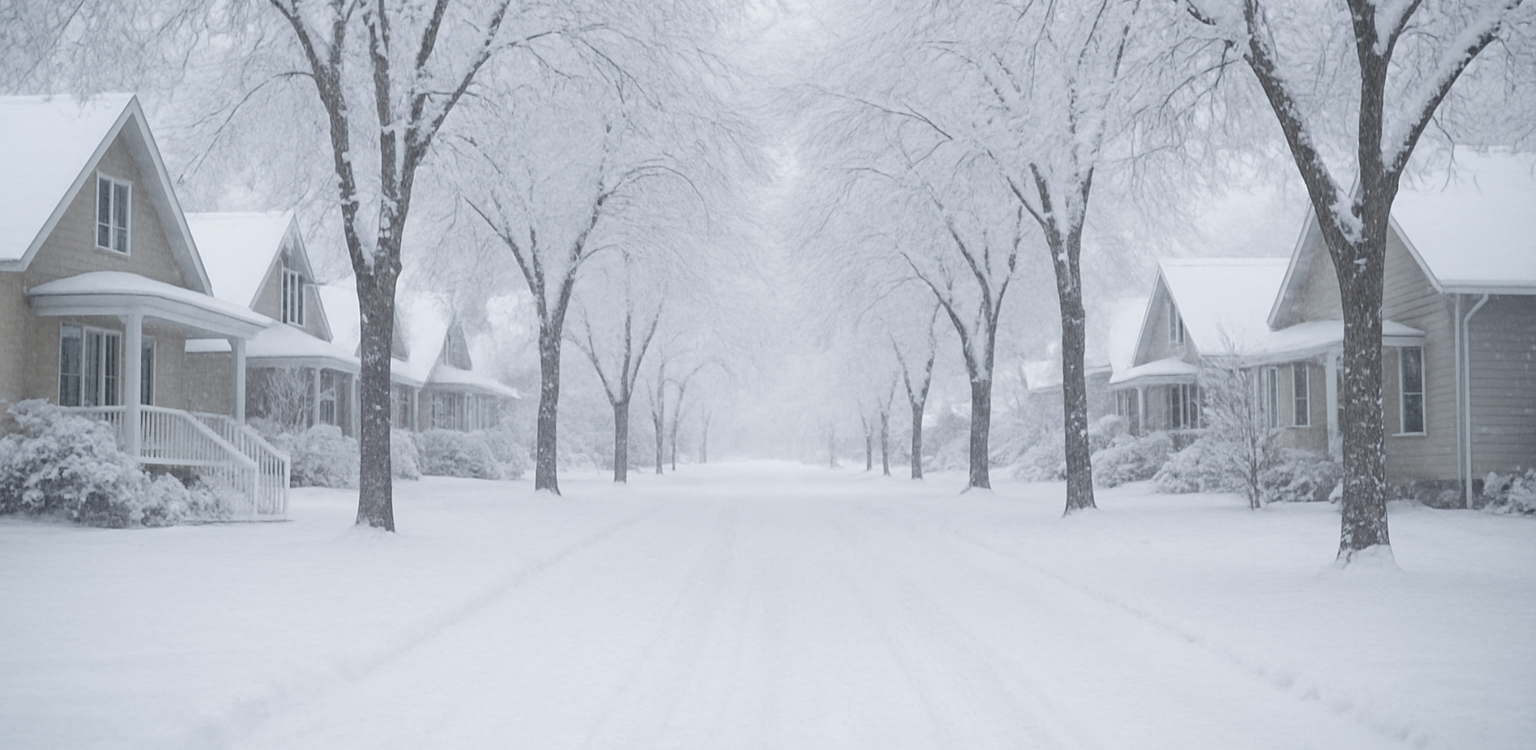Why Tree Preservation Matters During Construction: Strategies For Protecting Trees During Building Projects.
Trevor Soltys & Paul Kasper
🌳 In the race to develop land and build new infrastructure, trees often become silent casualties. Yet preserving trees during construction isn’t just an environmental nicety—it’s a strategic investment in the long-term health, beauty, and sustainability of a property. Whether you're a developer, architect, or homeowner, understanding why tree preservation matters and how to do it effectively can make all the difference.
🌱 The Value of Trees in Urban Development
Trees are more than aesthetic features—they’re living infrastructure. Here’s why they’re worth protecting:
- Environmental Benefits: Trees absorb carbon dioxide, filter pollutants, and produce oxygen. They also reduce stormwater runoff and prevent soil erosion.
- Economic Value: Mature trees can increase property values by up to 15%. They reduce energy costs by providing shade and windbreaks.
- Health and Well-being: Green spaces with trees promote mental health, reduce stress, and encourage physical activity.
- Biodiversity: Trees provide habitat for birds, insects, and other wildlife, supporting local ecosystems.
Destroying mature trees during construction can take decades to reverse. That’s why proactive preservation is essential.
🏗️ Common Threats to Trees During Construction
Even if a tree isn’t directly in the path of a bulldozer, construction activities can still harm it. Key threats include:
- Root Damage: Excavation, trenching, and grading can sever roots, destabilizing the tree and reducing its ability to absorb water and nutrients.
- Soil Compaction: Heavy machinery compresses soil, limiting root growth and water infiltration.
- Trunk and Limb Injury: Equipment or falling debris can wound bark, making trees vulnerable to disease.
- Changes in Drainage: Altered water flow can drown or dehydrate trees, depending on the new landscape.
Understanding these risks is the first step toward effective tree protection.
🛡️ Strategies for Tree Preservation During Construction
Preserving trees requires planning, collaboration, and vigilance. Here are proven strategies to safeguard trees throughout a building project:
1. Conduct a Tree Survey Early
Before breaking ground, hire a certified arborist to assess the site. They’ll identify:
- Tree species and health
- Root zones and canopy spread
- Trees worth preserving vs. those that may be removed
This survey informs the site plan and helps prioritize preservation efforts.
2. Design Around Trees
Incorporate trees into the design rather than treating them as obstacles. Consider:
- Adjusting building footprints
- Shifting driveways or walkways
- Using permeable surfaces near root zones
Creative design can harmonize development with nature.
3. Establish Tree Protection Zones (TPZs)
A TPZ is a designated area around a tree that must remain undisturbed. Guidelines include:
- Fencing off the TPZ with sturdy barriers
- Keeping machinery, materials, and workers out
- Avoiding trenching or grading within the zone
The size of the TPZ depends on the tree’s size and species—larger trees need more space.
4. Use Alternative Construction Techniques
To minimize root damage, consider:
- Directional boring instead of trenching for utilities
- Pier and beam foundations instead of slabs
- Hand-digging near sensitive root zones
These methods may cost more upfront but save trees and reduce long-term landscaping expenses.
5. Monitor Tree Health Throughout the Project
Tree preservation doesn’t end once construction begins. Regular inspections by an arborist can catch issues early, such as:
- Signs of stress (wilting, leaf drop)
- Soil compaction
- Physical damage
Prompt intervention—like mulching, watering, or pruning—can prevent irreversible harm.
6. Educate the Construction Team
Everyone on site should understand the importance of tree protection. Hold briefings, post signage, and include tree preservation protocols in contracts. When workers are informed, they’re more likely to respect TPZs and avoid accidental damage.
🌿 The Long-Term Payoff
Preserving trees during construction isn’t just about avoiding fines or meeting regulations—it’s about creating a legacy. Mature trees offer shade, beauty, and ecological value that new plantings can’t replicate for decades. They anchor landscapes, enhance curb appeal, and contribute to a healthier planet.
In an era of rapid development and climate uncertainty, tree preservation is a powerful act of stewardship. By integrating thoughtful strategies into your building project, you’re not just constructing a structure—you’re cultivating a living environment.







